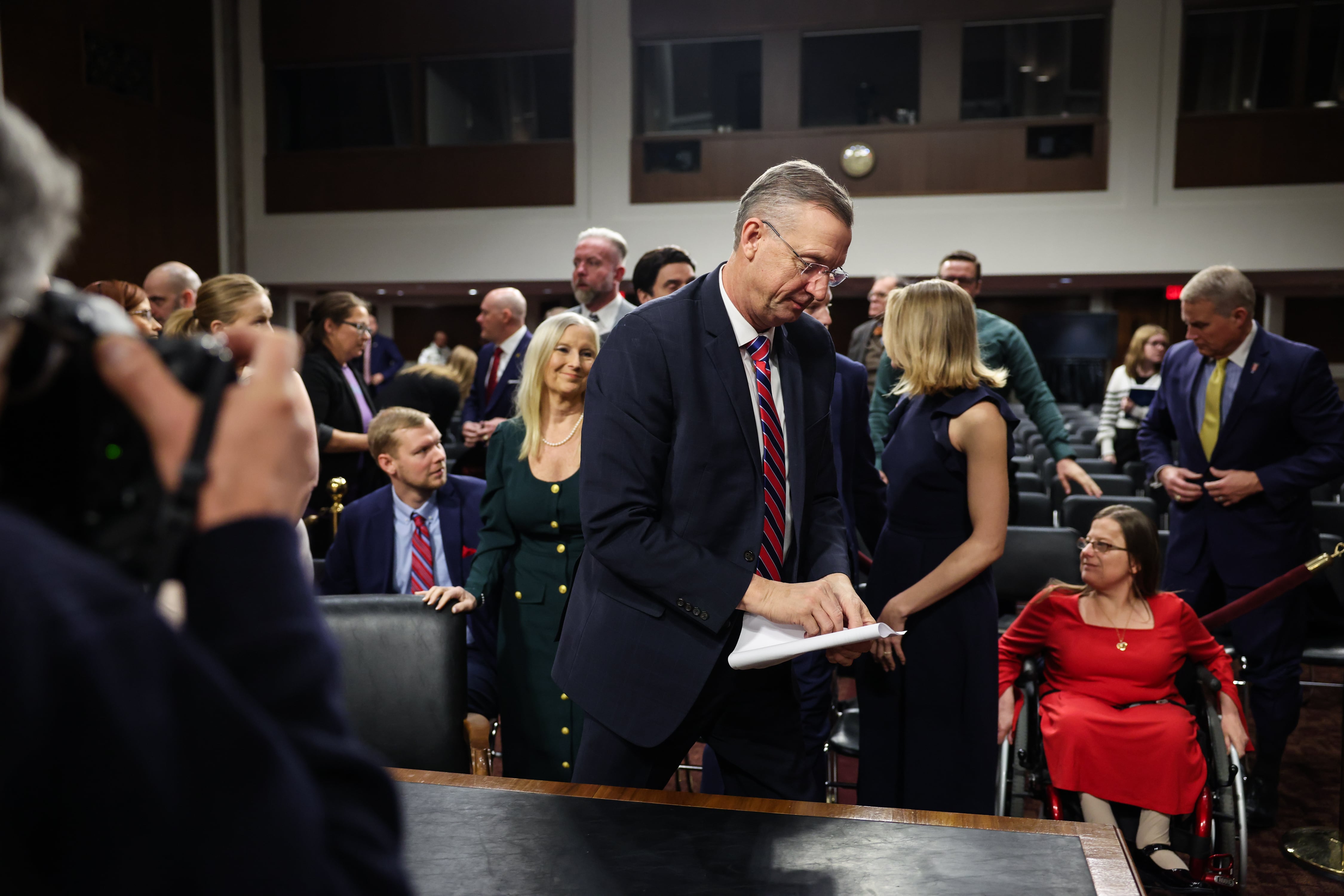Militaries have attempted to improve command-and-control capabilities across the fighting force since the dawn of recorded history.
Over time, the speed of communications and the range of effects made C2 increasingly important across all warfighting domains. With the added speed of hypersonic munitions, global non-kinetic fires and emerging algorithmically enhanced warfare, it is now an imperative that the Department of Defense develop a unified approach to capability development necessary to seize, maintain and protect our information and decision advantage over adversaries.
During World War II, Adm. Arleigh Burke noted “the difference between a good officer and a poor one is about 10 seconds.” Future conflicts with peer adversaries will reduce this timeline to milliseconds. Decision advantage must be achieved at speeds that exceed unassisted human capacity. Artificial intelligence, machine learning, and an interoperable, data-centric approach to software development will be the linchpin of future C2 capabilities needed to achieve strategic advantage.
Traditionally, each military service has independently developed multidomain C2 capabilities without placing sufficient emphasis on joint, coalition and interagency interoperability across all domains.
However, on Jan. 31, 2020, the deputy defense secretary officially established the Joint All-Domain C2 Cross-Functional Team as an interdepartmental organization to align, converge, synchronize and integrate all C2 capability development across the acquisition life cycle.
The unique governance structure of the JADC2 CFT aligns it directly under the deputy defense secretary for resourcing oversight through the Deputy’s Management Action Group and also under the Joint Requirements Oversight Council for the day-to-day activities necessary for requirements and capability validation. The CFT is tasked with delivering the defense secretary’s JADC2 strategy and associated framework necessary for successful implementation of the Joint Warfighting Concept.
The CFT has been immensely successful in bringing together numerous stakeholders representing the Office of the Secretary of Defense, the Joint Staff, the armed services, combatant commands, agencies and mission partners into an empowered, streamlined governance body to accelerate delivery of the JADC2 framework and essential, core foundational technologies.
With the defense secretary’s approval of the JADC2 strategy and the corresponding deputy defense secretary-approved posture review and implementation plan in 2021, the CFT has further identified the plans of action and milestones necessary for the delivery of capabilities through five lines of effort:
- Data enterprise.
- Human enterprise.
- Technical enterprise.
- Integration of nuclear C2 and communications.
- Modernization of mission partner information sharing.
Integrated from the onset, the fourth and fifth items are critical components of the JADC2 framework due to their unique operational importance. Overall, these lines of effort are broad enough to encompass all C2 modernization efforts, but contain tasks specific enough to be actionable.
These cornerstone documents and artifacts improve unity of effort across all JADC2 offerings, to include those developed under the Air Force’s Advanced Battle Management System, the Navy’s Project Overmatch, the Army’s Project Convergence, and the Joint AI Center and chief data officer’s Artificial Intelligence and Data Accelerator effort. These also provide a framework for ensuring alignment with other efforts seeking to modernize C2, such as the DoD Digital Modernization Strategy and the Joint Warfighting Concept.
Through the iterative development of the JADC2 reference architecture, multiple core technologies and modernization efforts are also integrated into a single, coherent document. This living document establishes a common baseline for interoperability while also considering changes in technology, ongoing analysis, experimentation and lessons learned.
The reference architecture includes the technological pillars of JADC2 as well as the core technology enablers and minimum viable products. Through conformance with the reference architecture, all future JADC2-related efforts are able to achieve a unity of effort as they tackle the DoD’s most challenging modernization tasks, to include the implementation of zero trust, identity management, cloud services, DevSecOps and improved transport capability, all of which must function within mission partner environments.
The JADC2 framework provides an enterprisewide, holistic approach for delivering materiel and non-materiel C2 capabilities to enable joint force commanders to gain and maintain information and decision advantage over global adversaries throughout the competition continuum.
Adversaries of the United States are beginning to pull ahead, and they won’t wait for us to catch up. It remains up to us to synchronize our efforts and achieve success where others have previously failed. Time is of the essence.
Brig. Gen. Rob Parker is the J-6 deputy director and chairs the Joint All-Domain Command and Control Cross-Functional Team. Cmdr. John Stuckey is the artificial intelligence lead in the Joint All-Domain Command and Control Division of J-6.




